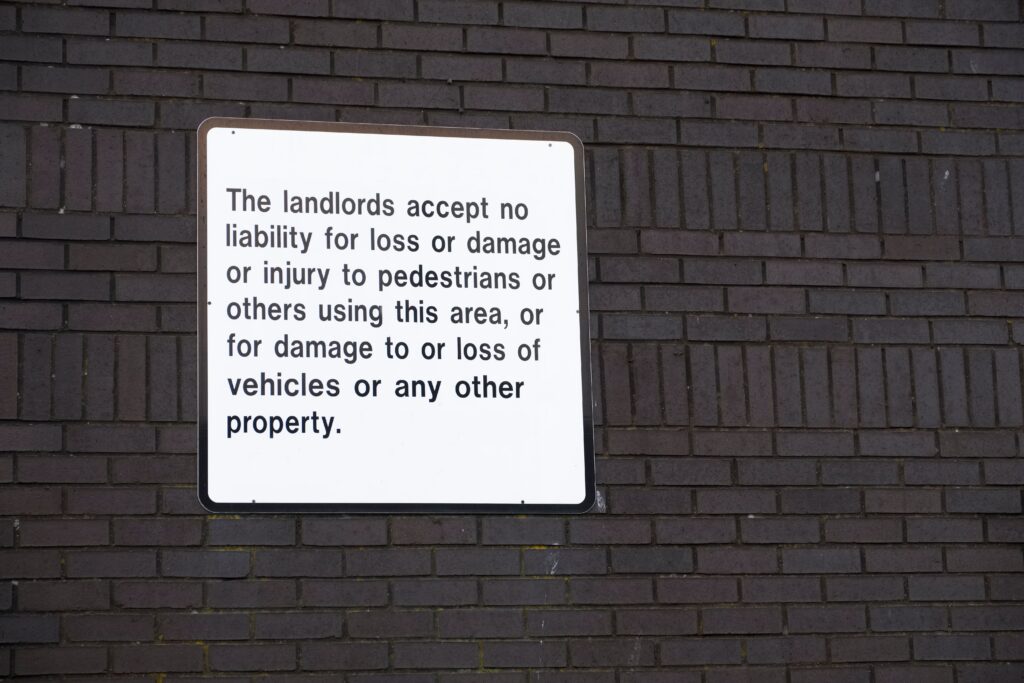Navigating worker’s compensation settlements can be confusing, but knowing how the settlement chart works can help. This chart is a tool used to estimate the payout for workers injured on the job, based on factors like injury severity, recovery time, and average weekly wages.
Key factors that affect your settlement include medical expenses, lost wages, and the impact of your injury on your ability to work. There are also different disability types—such as Permanent Partial Disability (PPD) and Permanent Total Disability (PTD)—that influence the payout amount. To maximize your settlement, it’s important to document everything—medical treatments, expenses, and communication with the insurance company. Having an experienced workers’ comp lawyer can also help you negotiate a better offer, as insurance companies often start with a low settlement.
While the settlement process can take time, understanding the chart and seeking legal guidance increases your chances of receiving the compensation you deserve.
The Worker’s Comp Settlement Chart
A worker’s compensation settlement chart is a valuable tool that helps injured workers estimate the compensation they can expect to receive for their claims. This chart is essential because it provides a framework for understanding how different factors—such as the severity of an injury, the worker’s wage, and the impact of the injury on their daily life—can influence the final settlement amount. Given that worker’s compensation laws vary by state, the settlement charts differ across jurisdictions, making it even more important for workers to refer to the specific chart relevant to their state.
For example, worker’s compensation settlement charts usually list impairment ratings for different body parts and assign a specific number of weeks for compensation, reflecting the loss or impairment of function. The chart helps estimate the settlement by multiplying the impairment rating by the number of weeks of compensation and then factoring in a portion of the worker’s weekly wage. These estimates can vary widely depending on the nature and severity of the injury.
Workers can use the worker’s compensation settlement chart to understand general ranges of settlement amounts based on common injuries. For instance, minor injuries could result in a settlement of just a few thousand dollars, while more severe impairments could result in payouts upwards of $100,000. Though the chart provides a baseline, it’s important to remember that individual circumstances—such as the extent of medical care needed, ongoing disability, or the worker’s capacity to return to work—will impact the final settlement.
To calculate a worker’s compensation settlement, injured workers need to assess the type of injury, medical treatment costs, and how the injury affects their ability to work. A settlement chart simplifies this process by giving a general view of compensation ranges based on these factors. It also helps workers prepare for settlement negotiations by providing clear expectations.
Factors That Can Impact Your Settlement Amount
When pursuing a worker’s compensation claim, several factors can influence the final settlement amount. Understanding these factors can help you better anticipate your potential payout and ensure that you receive fair compensation. Below are some common factors that can impact your settlement:
- Severity of the Injury
The extent of your injury plays a major role in determining your settlement amount. More severe injuries, especially those that result in permanent disability, generally lead to higher compensation to cover long-term medical expenses and lost wages. - Type of Injury
Different types of injuries carry different settlement values. For example, injuries to certain body parts, such as the spine or brain, typically result in higher settlements compared to less serious injuries like sprains or fractures. - Medical Treatment Required
The medical expenses related to your injury, including surgeries, physical therapy, medication, and ongoing treatments, are considered when determining your settlement. The more extensive and long-term the medical care, the higher your potential settlement. - Recovery Time
If your injury results in long-term or permanent disability, it can impact the overall compensation. Injuries that require a prolonged recovery period may result in a larger settlement to account for lost wages and extended medical care. - Lost Wages
Your average weekly wage (AWW) is used to calculate how much you should be compensated for lost income during your recovery. The more you were earning before your injury, the higher your wage replacement will be, which can increase your settlement. - Ability to Return to Work
If your injury prevents you from returning to work, especially in the same capacity or industry, you may receive a higher settlement. The ability to return to work in a reduced or modified role can impact the settlement, as your future earning potential is factored in. - Insurance Company’s Position
Insurance companies aim to minimize payouts, which can sometimes lead to lower settlement offers. Negotiating and having legal representation can help ensure you receive the compensation you’re entitled to. - State Worker’s Compensation Laws
Each state has its own worker’s compensation regulations, which can vary significantly. These laws govern how benefits are calculated, including limits on settlement amounts and how specific types of injuries are compensated. - Pre-existing Conditions
If you had pre-existing medical conditions that were aggravated by your work injury, it may affect your settlement. In some cases, insurers may argue that your condition was pre-existing, potentially lowering your payout unless proven otherwise. - Settlement Type (Lump Sum vs. Structured Payments)
How you choose to receive your settlement can impact the final amount. A lump sum payout may be higher, but structured payments over time can offer long-term financial support. The choice depends on your circumstances and future needs. - Time to Settle
The duration of your claim can also affect the amount of your settlement. Prolonged negotiations may indicate a higher level of complexity, which could potentially lead to a higher payout, depending on the circumstances.
How Long Worker’s Comp Settlements Take
If you’re wondering, “How long after a workers’ comp settlement do I get paid?,” it can vary significantly depending on the complexity of your case. On average, workers can expect a settlement to take anywhere from several months to a few years. Simple cases, where the injury is clear and straightforward, tend to settle within a few months. However, more complex cases involving significant medical treatment, disputes with the insurance company, or long-term disabilities may take longer to resolve.
A lump sum settlement might be paid relatively quickly, often within a few weeks after approval. On the other hand, structured settlements, where payments are spread out over time, could take several months before the first payment is issued. The presence of legal representation, negotiations, and medical evaluations can also impact the overall timeline.
To avoid delays, it’s crucial to stay organized, maintain proper documentation, and, if necessary, consult with an experienced workers’ compensation attorney. They can help ensure a smoother process and guide you through the steps of securing the compensation you deserve.
How A Worker’s Comp Lawyer Can Help
If you’ve been injured on the job, seeking legal advice from a trusted and competent legal team is crucial to ensure you receive the maximum settlement possible for your worker’s compensation claim. While many workers initially think they can handle the process on their own, the complexities of the claims process—such as navigating medical documentation, insurance negotiations, and understanding the full scope of your injury—can be overwhelming.
A skilled worker’s compensation lawyer can help in several ways. First, they can help gather necessary medical evidence and ensure that your injury is thoroughly documented. They can also negotiate with insurance companies to ensure you receive a fair settlement and help you understand the types of benefits available, including wage loss, medical expenses, and potential permanent disability compensation.Friedman & Throop’s experienced legal team has helped countless clients maximize their worker’s compensation settlements over the years. With their knowledge of Nevada law and worker’s comp processes, they can provide the support you need to navigate complex claims and ensure your rights are protected. If you’re unsure about whether you need a lawyer for your worker’s comp claim, you can read more about it here.



